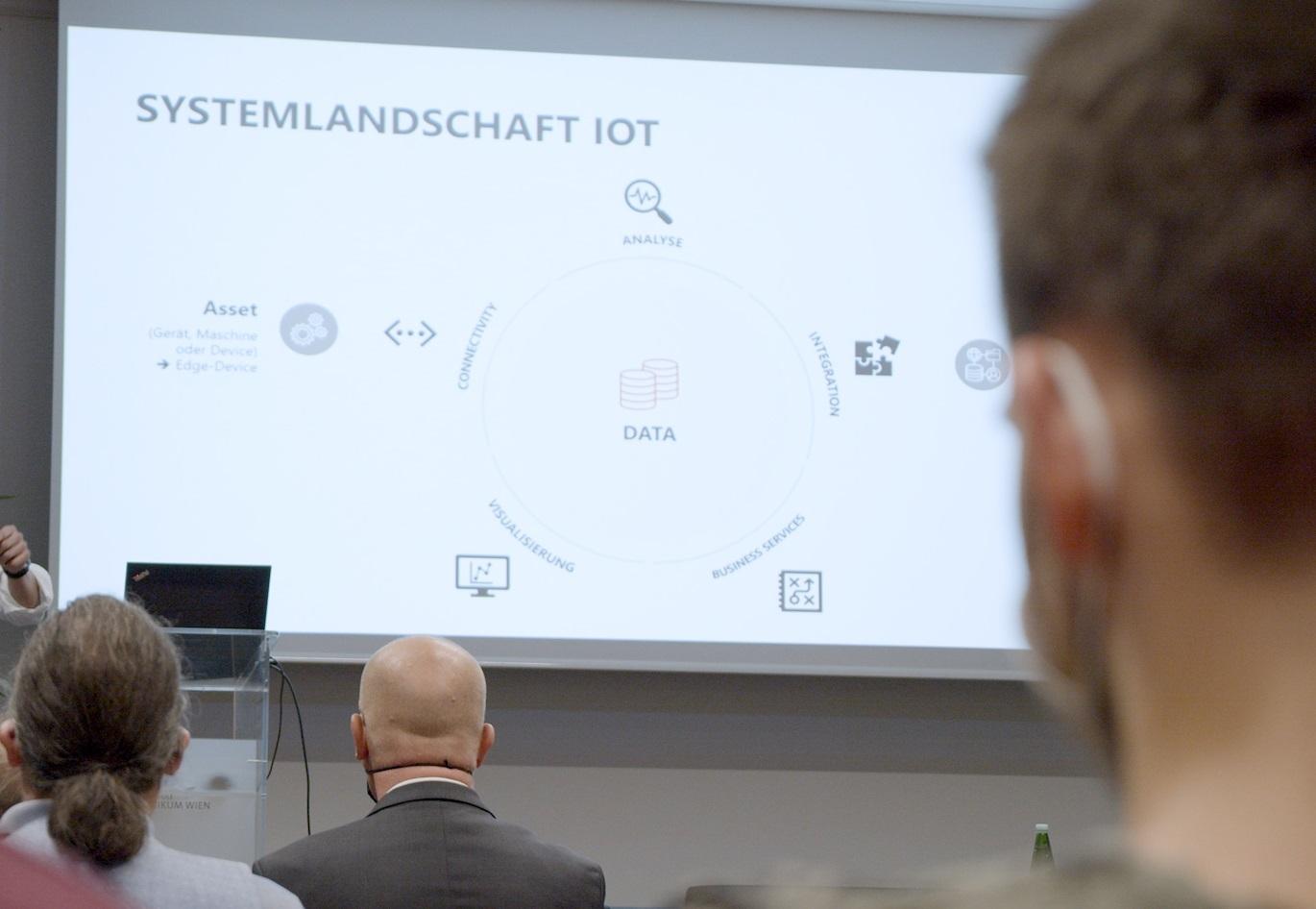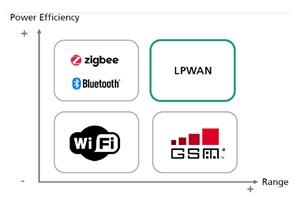mioty: Next-generation wireless IoT standard

05 May, 2023
Ahead of the IOT event on May 11, expert Stefan Ereth explains what’s behind the term.
The Electronic Engineering & Entrepreneurship faculty is hosting its third event as part of the Meet the Future of IoT event series. In the run-up to the event, we conducted an interview with Stefan Ereth (Fraunhofer Institute). He will give a presentation on “mioty® – Next Generation Wireless IoT Standard”. Thanks to the support of Radio Technikum, this is free of charge for all participants.
More details about the program and the registration for the event can be found here.
-) What do you mean by “mioty®”?
Stefan Ereth: mioty is a software-based low-power wide-area network (LPWAN) protocol designed to overcome the current and future limitations of wireless connectivity. With its very good reliability and scalability, mioty is designed for massive industrial and commercial IoT deployments.
-) How can you classify mioty compared to currently available wireless standards?
Stefan Ereth: mioty is not suitable for smartphones, for example, because they need high downlink rates for Internet and video streaming. Bluetooth devices are also not a use case for mioty, as they need to work closely with a paired device in close proximity. Water meters, on the other hand, are ideal for mioty. They are often installed in the basement, send a few bytes once an hour, and on the other hand have to get by on a battery for 10 years.
In the future, there will be different radio technologies for different requirements. Mioty belongs to the LPWANs (low power wide area network). Here, the energy requirement is often equal to the data throughput. Different use cases have very different requirements in terms of range, power consumption and data throughput.

At the image: mioty belongs to the area “low power wide area network” (LPWAN).
-) An important part of mioty is telegram splitting. Why does this make a transmission so robust?
Stefan Ereth: The central invention behind mioty technology is the Telegram Splitting Multiple Access (TSMA) method. As defined by the European Telecommunications Standards Institute (ETSI TS 103 357), Telegram Splitting splits the data packets to be transported in the data stream into small sub-packets at the sensor level.
These sub-packets are then transmitted over different frequencies and times. An algorithm in the base station constantly scans the spectrum for mioty sub-packets and reassembles them into a complete message. Thanks to sophisticated forward error correction (FEC), the receiver needs only 50% of the radio bursts to completely reconstruct the information. This makes mioty particularly robust against intrinsic and extraneous interference.
More details here: https://mioty-alliance.com/miotytechnology/
-) Where exactly will mioty be used in the future?
Stefan Ereth: Our cities are increasingly becoming smart cities: smart cities need a cost-effective, highly scalable network infrastructure to connect a huge, growing number of sensors today and in the future. (e.g., electricity and water meters, CO2 sensors in schools, smart parking, etc.).
Also, for example, to take advantage of the opportunities of Industry 4.0 (I-IOT: industrial-IOT), we need robust IoT connectivity that can overcome the complex and often remote environments. (e.g., Worker Saftey or Ambient Temperature).
Agriculture is also an important application area for mioty. Precision Farming needs live data directly from the field in high resolution. (e.g. rain sensor or soil moisture measurements).
Smart Building / Smart Home is also already spreading rapidly. Here mioty can be used for example for heating and climate control, access control and smoke detectors.
Here are some examples: https://mioty-alliance.com/applications/
-) Probably you need completely new hardware for this? (Both on the transmitter and receiver side) When will there be the first devices in everyday use here?
Stefan Ereth: Yes, other devices will be needed for this. The smart meter use case is already in the rollout phase. Several cities are already covered with a nationwide mioty network (fixed network) and receive from >10,000 sensors. The other verticals are already field tested and will soon enter the rollout phase.